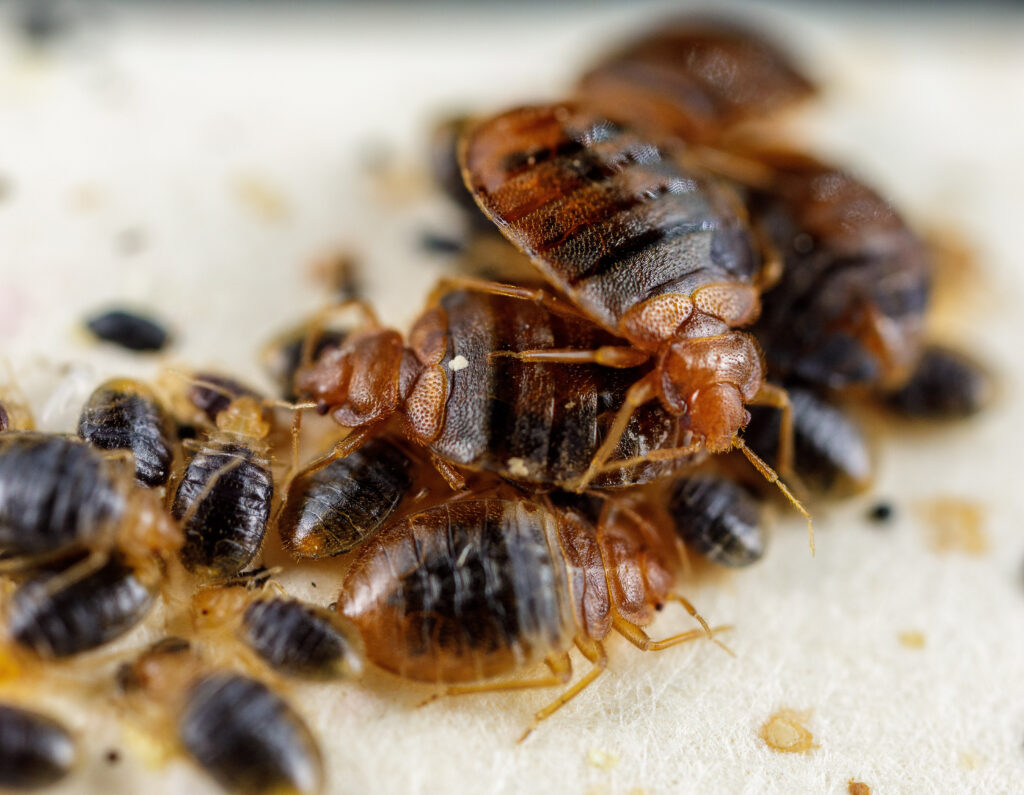Bedbugs, long thought to pose no risk to human health, produce large amounts of inflammatory histamines, UK researchers find

By Haley Simpkins
University of Kentucky
The study, recently published in The Journal of Medical Entomology, showed bedbugs can produce large amounts of histamine. It found that a hypothetical infestation of 1,000 bugs could produce up to 40 milligrams a week, more than 2 grams per year without even considering natural population growth of the infestation.
“That’s an amount you can actually see, and we don’t see that with any other containment,” DeVries said. “When we talk about pesticides, allergens, any other thing in our home that some invading organism is producing, it’s always on microscopic levels, not something where you could actually hold it in your hand.”
Scientists typically haven’t considered bedbugs a great risk to human health, aside from their bites, because they are not known to carry pathogens. However, high-level histamine production reveals a potential risk. While scientists don’t know the specific health impacts of histamine produced by non-human animals, DeVries, Gaire and their fellow entomologists do suspect that it may have negative clinical effects.
“It’s not only the fact that they’re producing histamine, but they’re producing it right next to where you spend the most time, generally speaking, within our homes, which is in our beds or sleeping areas,” DeVries said.
The research also has social-justice implications, DeVries said: “Anybody can get bedbugs, but it’s only those who have the means and resources who can actually get rid of the problem. There is a significant portion of the population who either don’t have the money or the resources to do this, and so they’re left to deal with bed bugs on their own. So, we have disadvantaged communities, who are not only having to deal with bed bugs, but maybe dealing with the health ramifications of them as well.”
One important discovery of the study was that blood-fed bed bugs produced “significantly higher” amounts of histamine than those feeding on saline or those that were starved. “Blood is the primary factor for histamine production, but we don’t know how exactly they are producing the histamine,” Gaire said.
DeVries and Gaire said that while their study answered important questions, scientists need to do more research before sounding an alarm. DeVries received funding for the study through his 2019 National Institutes of Health Director’s Early Independence Award, which will fund similar future studies through 2024.